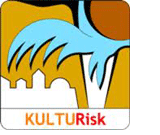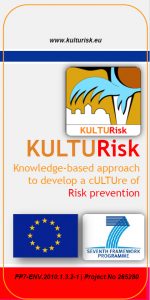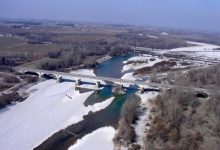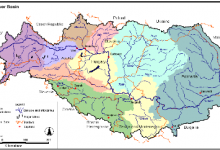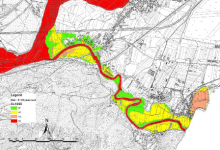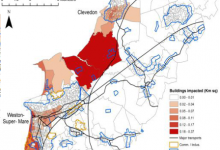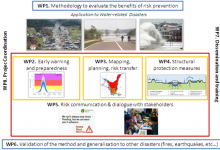Published on 07-03-2022
The extreme consequences of catastrophic events have highlighted that risk prevention needs to be improved to reduce human losses and economic damages. The KULTURisk project aims at developing a culture of risk prevention by means of a comprehensive demonstration of the benefits of prevention measures. The development of a culture of risk prevention requires the improvement of memory and knowledge of past disasters, the communication and understanding capacity of current and future hazards, the awareness of risk and preparedness for future events. In order to demonstrate the advantages of prevention options, an original methodology has been developed, applied and validated using specific European case studies, including transboundary areas. The benefits of state-of-the-art prevention measures, such as early warning systems, non-structural options (e.g., mapping and planning), risk transfer strategies (e.g., insurance policy) and structural initiatives have been demonstrated. In particular, the importance of homogenising criteria to create hazard inventories and build memory, efficient risk communication and warning methods as well as active dialogue with and between public and private stakeholders, has been highlighted. Furthermore, the outcomes of the project have been used to efficiently educate the public and train professionals in risk prevention. KULTURisk first focused on water-related hazards as the likelihood and adverse impacts of water-related catastrophes might increase in the near future because of land-use and/or climate changes. In particular, a variety of case studies characterised by diverse socio-economic contexts, different types of water-related hazards (floods, debris flows and landslides, storm surges) and space-time scales has been utilised. Finally, the applicability of the KULTURisk approach is expected to be tested to different types of natural hazards (e.g., earthquakes, forest fires). The overall aim of KULTURisk project was to promote the risk prevention culture in order to reduce human losses and economic damages caused by disasters around the globe. In the European context, the KULTURisk project aimed at assessing and demonstrating the potential benefits of different risk prevention measures in the reduction of damages produced by water-related hazards, such as floods and landslides. One of the main goals of the project was to generalize the developed methodology and explore the applicability of such approach to different types of natural hazards, like earthquakes, forest fires, etc. The project consortium consisted in 11 partners coordinated by UNESCO-IHE that was in charge of the general project management and that acted as the contact point for information exchange with KULTURisk partners, the European Commission, end-users and third parties project, while monitoring the progress of the various work packages. KULTURisk – FP7
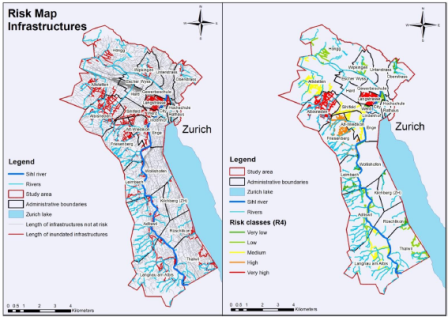
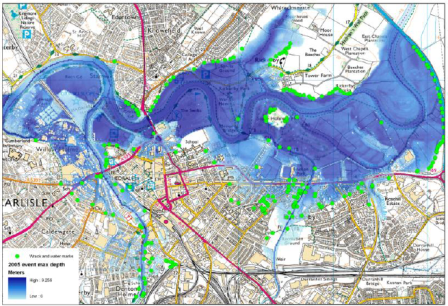
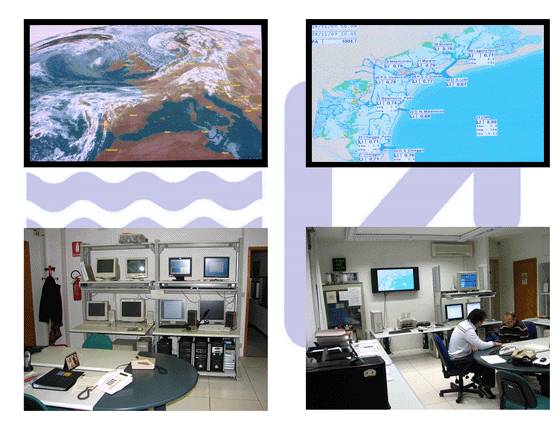
Media



